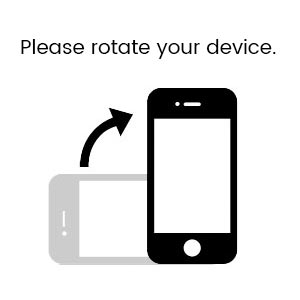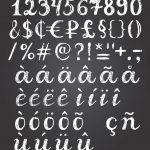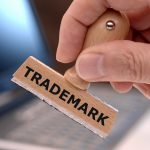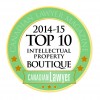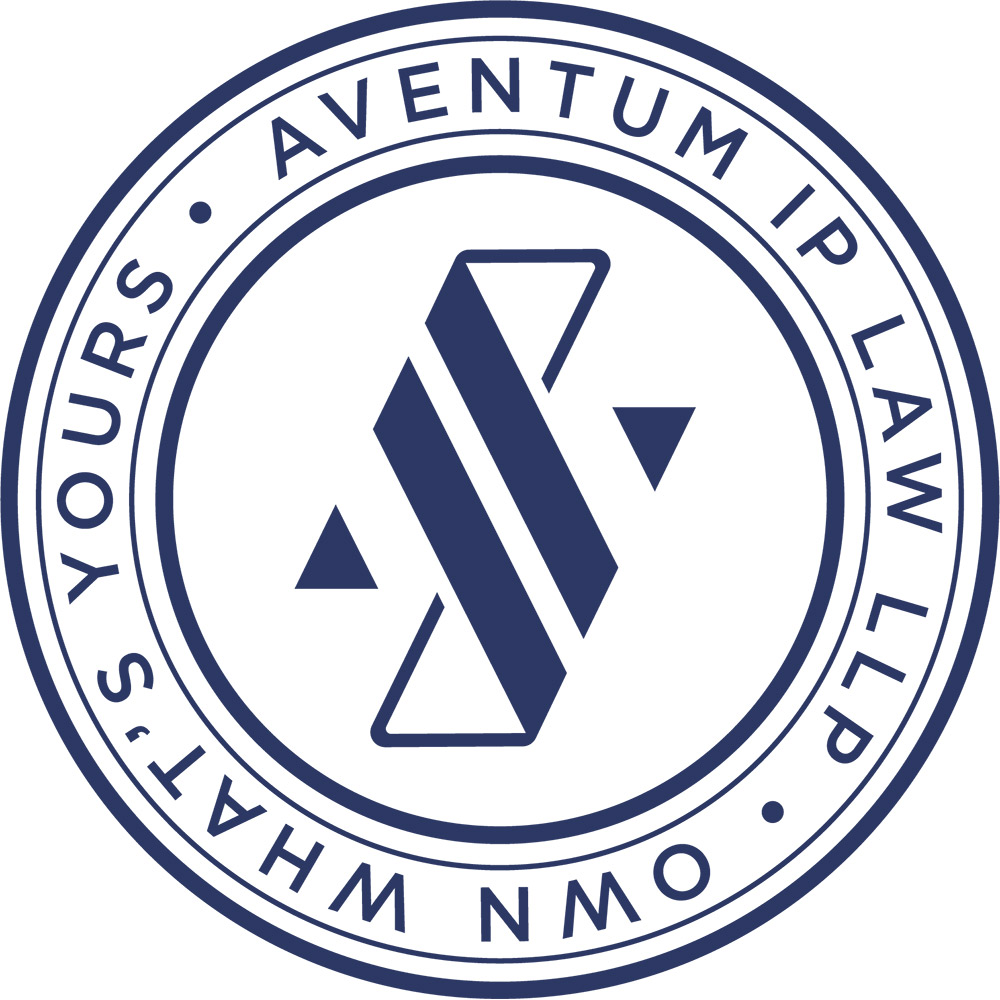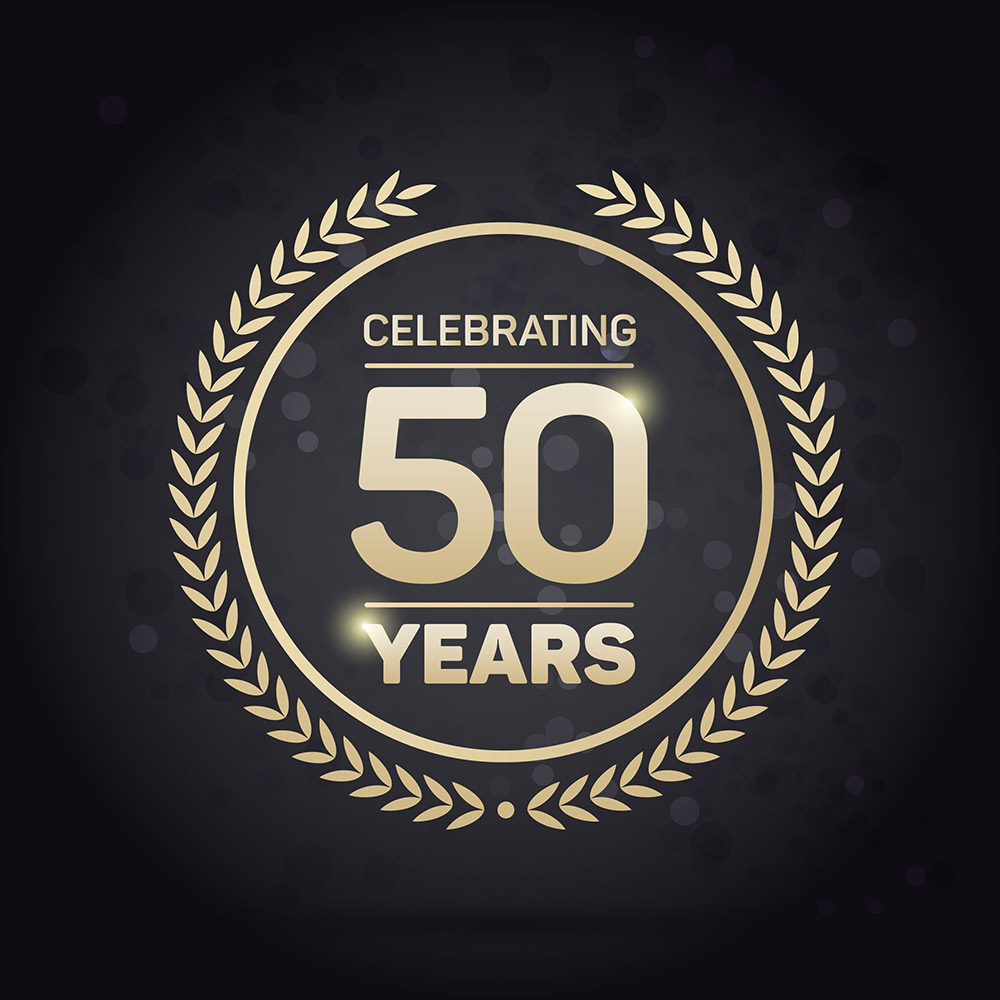When I was in grad school, aspiring towards a career in academia, the mantra drummed into our psyche was “publish or perish”. In order to advance one’s career, you had to publish as many research papers as possible, in peer-reviewed journals. Without an extensive publication list, one’s career aspirations would perish. Thus, the impetus to publish – even an abstract – as quickly as possible.
When I joined a start-up drug-delivery company as an R&D scientist, I was introduced to the world of Intellectual Property (IP), where ideas were guarded and monetized. The free exchange of scientific ideas, so prevalent in the world of academia, was now anathema in the world of IP. As a scientist, it was bewildering at first – attend a conference, but don’t discuss company research. Write a publication, but don’t discuss the nitty-gritty of our scientific findings. I came to learn that disclosing such information could lead to a loss of patent rights for the company.
Unfortunately, inventors and small businesses sometimes learn this lesson the hard way. Here, then, is a primer on disclosure for those aspiring to acquire patent rights.
Public disclosure: Showing or discussing the details of your invention to anyone outside your company (for businesses), or to anyone other than your spouse or co-inventors (for inventors). A disclosure is not public if it is made under a confidentiality or non-disclosure agreement between the two parties.
Enabling disclosure: Providing enough information about your invention that someone else (who is skilled in the technical field) can make it. Public disclosure includes disclosure that can be reversed-engineered to discover how the invention is made (e.g. distribution of a sample product).
Grace period: If an inventor makes an enabling public disclosure, then s/he has one year from the date of that disclosure, to file a patent application in Canada. The one-year grace period also applies for applications filed in the US. Other jurisdictions have different grace periods – such as Japan (6 months). Some have no grace period (such as China and the European Patent Office) which means that once an enabling public disclosure has been made, you can no longer file for patent protection in those places.
R&D Staff: Whether working for a private company or a university, research scientists should be made aware of their employer’s intellectual property protocol. All presentations (e.g. abstracts, conference proceedings, public seminars, etc) should be vetted by the company’s IP counsel to make sure that information that has not yet been filed for patent protection is not disclosed.
Small Businesses: Whether it’s a sales pitch to potential investors, or to potential buyers, once again, the key is whether or not an enabling disclosure of the invention is made to the public. In the case of seeking business partnerships, use of a non-disclosure (or confidentiality) agreement between two parties serves to keep the disclosure non-public. Care should be taken when handing out free samples or product information prior to filing a patent application.

Entering the Dragon’s Den: Occasionally, an aspiring entrepreneur will appear on the popular CBC show with a new product, hoping to acquire an investment. Once again, if the disclosure is enabling, with no patent pending, then the entrepreneur should seek to file for a patent application within the one year grace period in Canada and the US. Forget about patent rights in Europe or China.
Crowd-sourcing: A new source of funding now comes from the web, in which entrepreneurs pitch their ideas on the web, seeking funding from multiple donors. Again, care must be taken if no patent application has been filed prior to publicizing the invention on the web. If the disclosure in enabling (it certainly is public), you have one year to file for patent protection.
Conclusion: The best approach is to file for patent protection before publically disclosing your invention. Consult a patent professional for further information.
Questions? If you have any questions please call 613-232-5300 to speak to a professional or email us at OwnWhatsYours@aventum.law.
